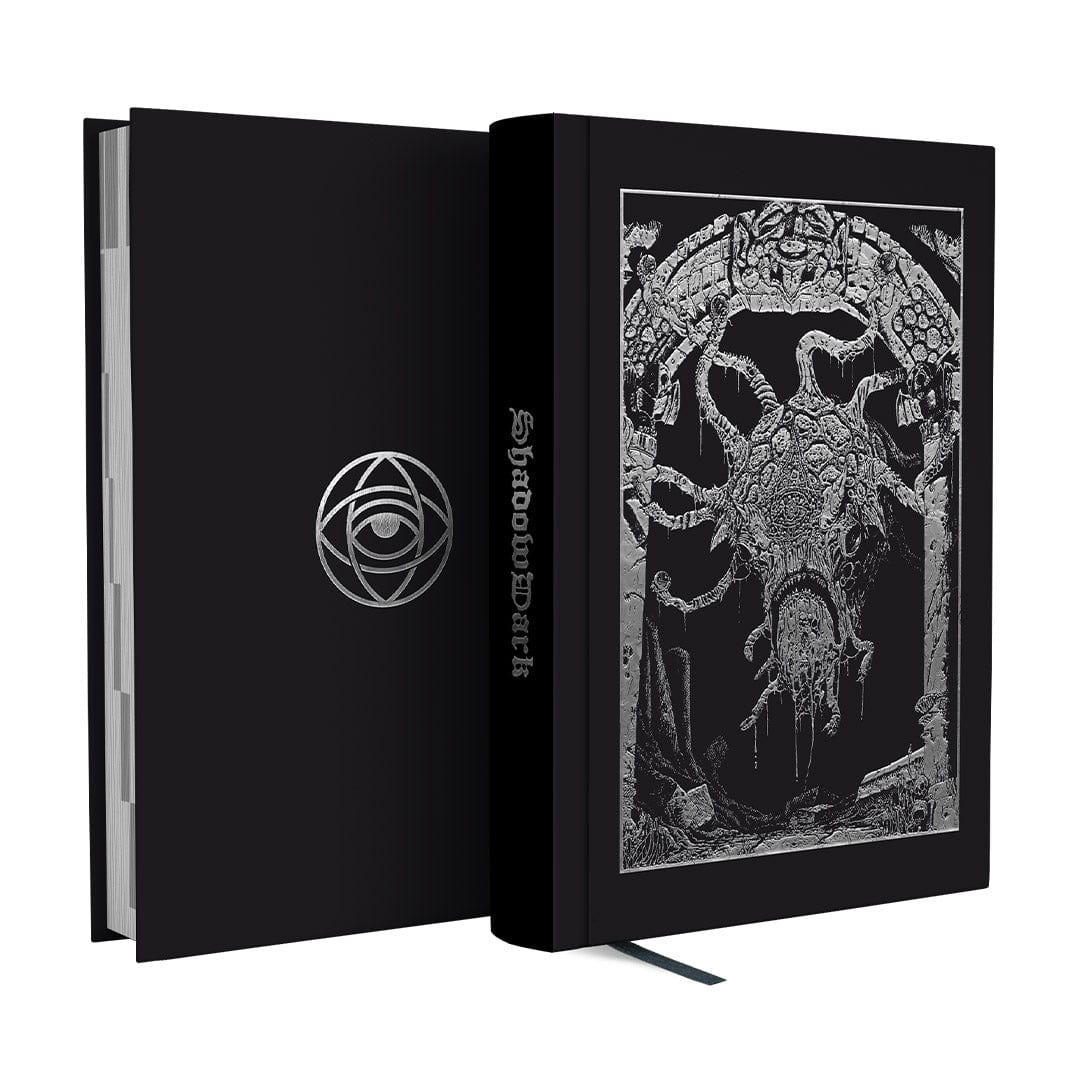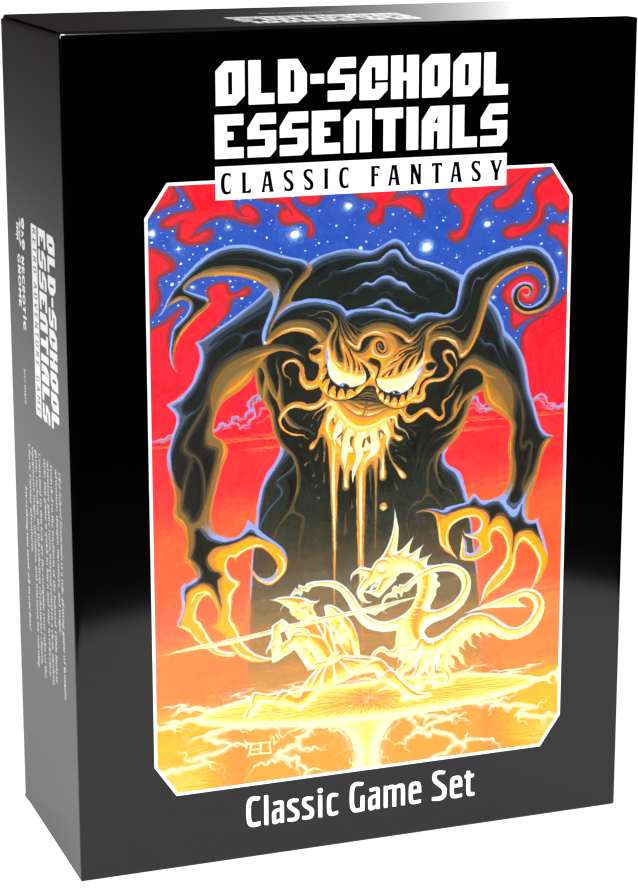ShadowDark Dark Fantasy; Dark; Old-School Renaissance (OSR); Exploration-Driven; Survival; Tactical Combat; Resource Management
ShadowDark RPG is a tabletop roleplaying game aiming to modernize the old-school gaming experience. It blends elements of classic dungeon crawling with streamlined mechanics and a dark, dangerous atmosphere. This report analyzes its theme, mechanics, unique features, and target audience based on available sources.
Theme and Setting
ShadowDark plunges players into a world of dark fantasy and perilous adventure. The game emphasizes the ever-present threat of the Shadowdark, a looming darkness that consumes the land. Light is a precious resource, and venturing into unlit areas carries significant risks. This creates a sense of urgency and dread, pushing players to carefully manage their resources and make strategic decisions. The world is filled with fell monsters, forgotten thrones, and ancient gems, offering a rich playground for exploration and treasure hunting. Character advancement is tied to treasure acquisition, further incentivizing dungeon delves.
Core Mechanics and Rules
ShadowDark utilizes a d20-based, roll-high system. The game prioritizes speed and simplicity, making it accessible to both newcomers and veterans of tabletop RPGs. It uses ascending armor class, familiar to those who have played 3e or later editions of D&D, and utilizes advantage/disadvantage as seen in 5e.
Key mechanics include:
- Unified roll-high system: All checks are resolved using a d20 roll, plus relevant stat modifiers.
- Real-time light tracking: A unique element is the use of real-time to track light sources. A torch provides light for a limited duration (one hour of real-world time), forcing players to carefully manage their time and resources.
- Slot-based inventory: Characters have a limited number of inventory slots, encouraging players to make difficult choices about what to carry.
- Randomized character progression: Leveling up involves rolling on tables to determine new abilities and stat increases, leading to emergent character growth.
- Roll-to-cast magic: Magic is exciting and risky, as spells are not guaranteed to succeed.
- Simple distances: The game uses abstractions, such as close, near, and far, to determine distances
What Makes It Unique
ShadowDark distinguishes itself through several key features:
- Accessibility: Designed to bridge the gap between 5E players and the OSR (Old-School Renaissance) mentality.
- Emphasis on darkness and resource management: The scarcity of light and the limited carrying capacity of characters create a constant sense of tension and encourage strategic decision-making.
- Streamlined rules: The game eliminates many complexities found in other systems, focusing on essential mechanics and allowing for faster gameplay.
- Randomized character progression: Rather than character crafting, the character is rolled and then played to discover its strengths.
- Open license: The game's third-party license allows creators to freely publish compatible material, resulting in a growing community ecosystem.
Target Audience and Player Experience
ShadowDark's target audience includes:
- Players new to OSR games: Its simplified rules and familiar mechanics make it an excellent entry point for those unfamiliar with old-school gaming.
- 5E D&D players looking for a change: ShadowDark offers a darker, more challenging experience while retaining some familiar mechanics.
- GMs seeking a fast-paced, easy-to-run system: The streamlined rules and focus on improvisation make ShadowDark a great choice for GMs who prefer a more freeform style of play.
- Players who enjoy dungeon crawls and exploration: The game is specifically designed for dungeon delving, with a strong emphasis on resource management and strategic combat.
The player experience is characterized by a sense of danger, tension, and excitement. The threat of darkness, combined with limited resources, creates a challenging and rewarding experience. Combat is fast and deadly, encouraging players to think strategically and avoid unnecessary risks.



